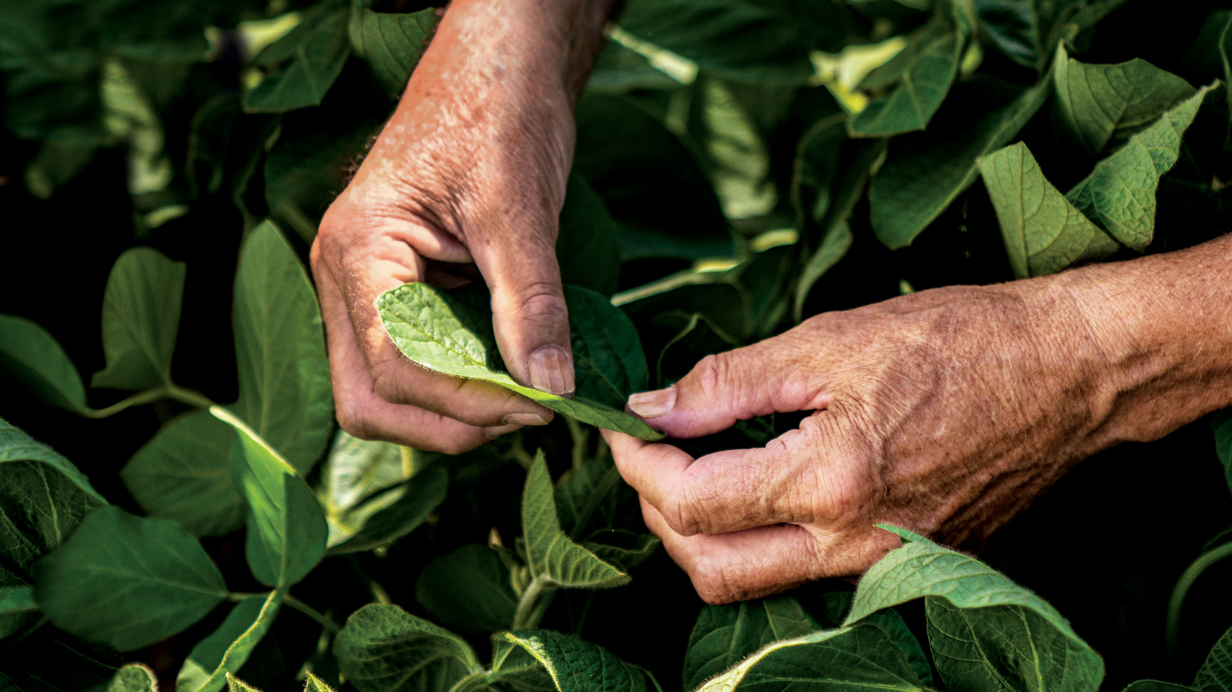Adjuvants for crop protection
Adjuvants are substances that help pesticides disperse more effectively in order to better coat and stick to plants.
Research has shown that up to 70 % of the effectiveness of pesticides depends on how they are applied. A product may be good, but it has to be applied correctly to reach its full potential. That’s where adjuvants come in.
Adjuvant uses in agriculture
There are many types of adjuvants, but their four main functions are as follows.
Water-softening agents: prevent water from neutralizing crop protection products, helping them to remain effective.
Deposition agents: ensure that pesticide droplets spread on and stick to leaf surfaces for a larger contact area.
Drift-control agents: contain polymers that increase droplet size to improve target coverage and reduce wind drift.
Leach-control agents: keep pesticides on the soil surface to prevent leaching.
“Applying the right product in the right way ensures that your investment stays in the field,” says Labrie. “You protect waterways, neighbouring crops, and the environment.”
Four adjuvants to use
The following four products offered by Sollio Agriculture improve the effectiveness of crop protection products:
RELAX: Glyphosate-based herbicides are very sensitive to the presence of positive charges such as calcium and sodium. This adjuvant softens the water and neutralizes these charges, allowing the herbicides to remain effective. For use with glyphosate.
Alignment: This multi-purpose adjuvant is a drift-control, compatibility, and deposition agent. It increases water-droplet size to minimize drift. For post-emergence use.
MarkDown: This adjuvant keeps plant protection products on soil surface to provide a barrier to weeds. It also helps control drift. Use with pre-emergence products.
Surfactant NI: This adjuvant is a water-softening and drift-control agent. It is ideal for use with glyphosate.


